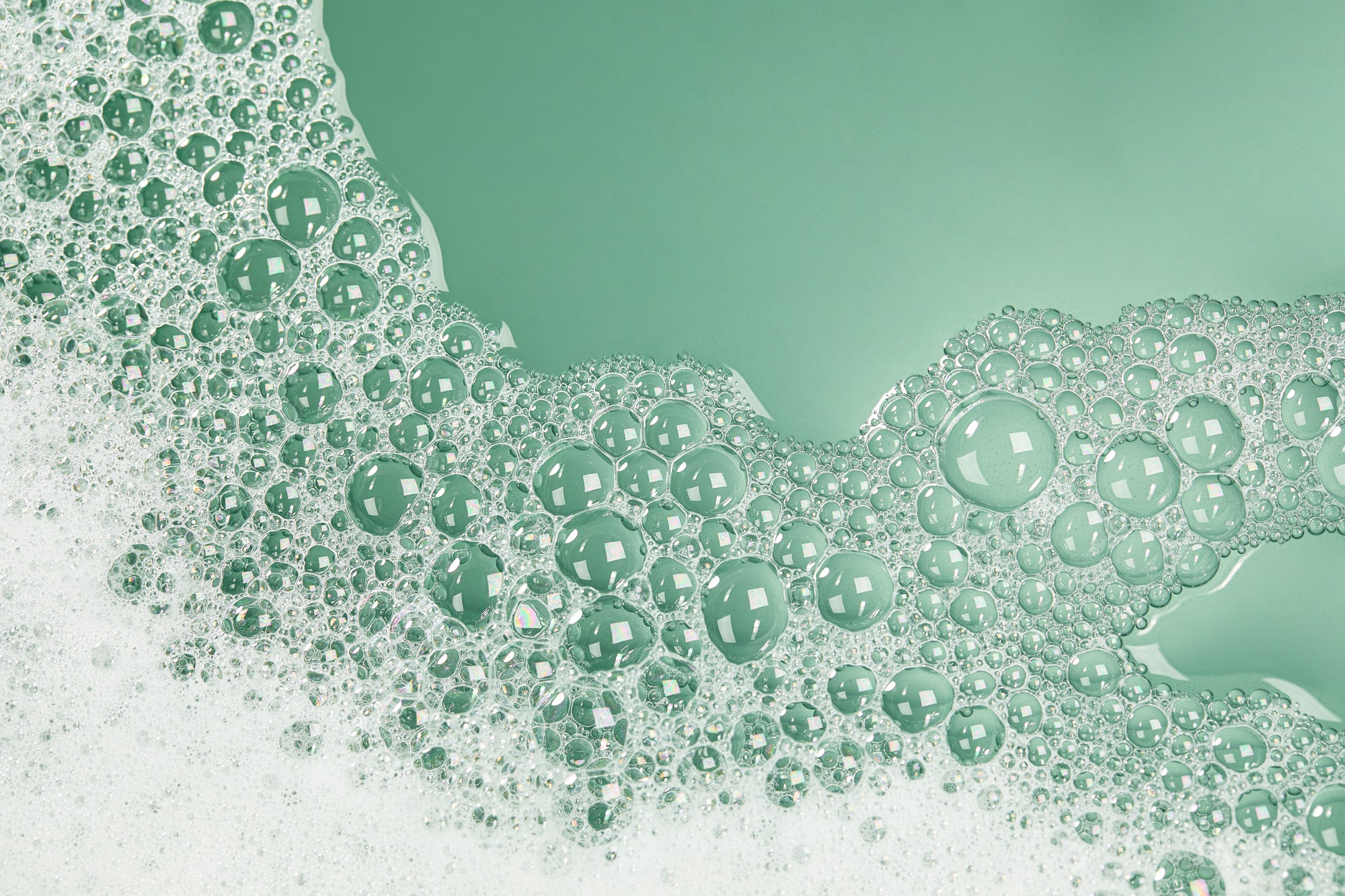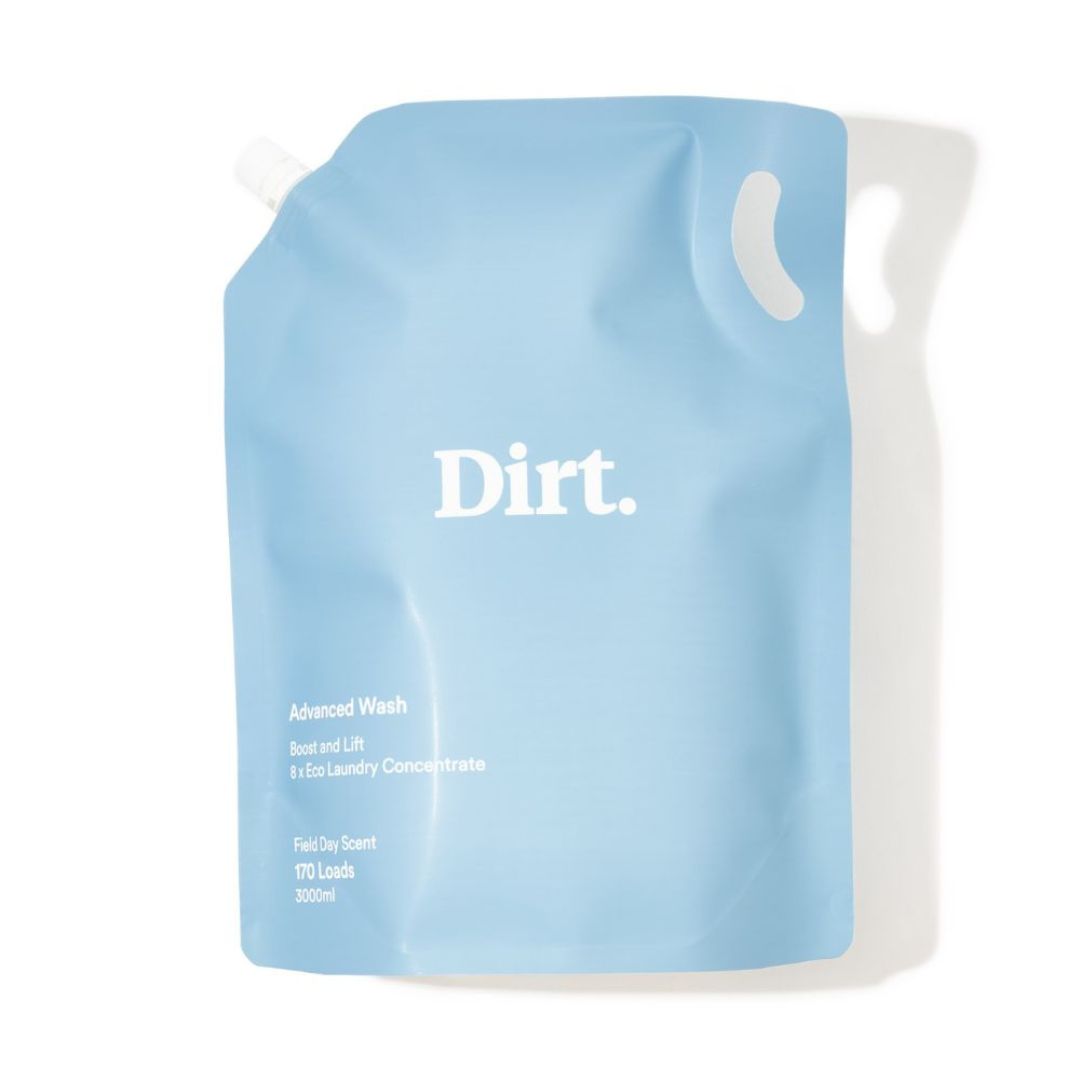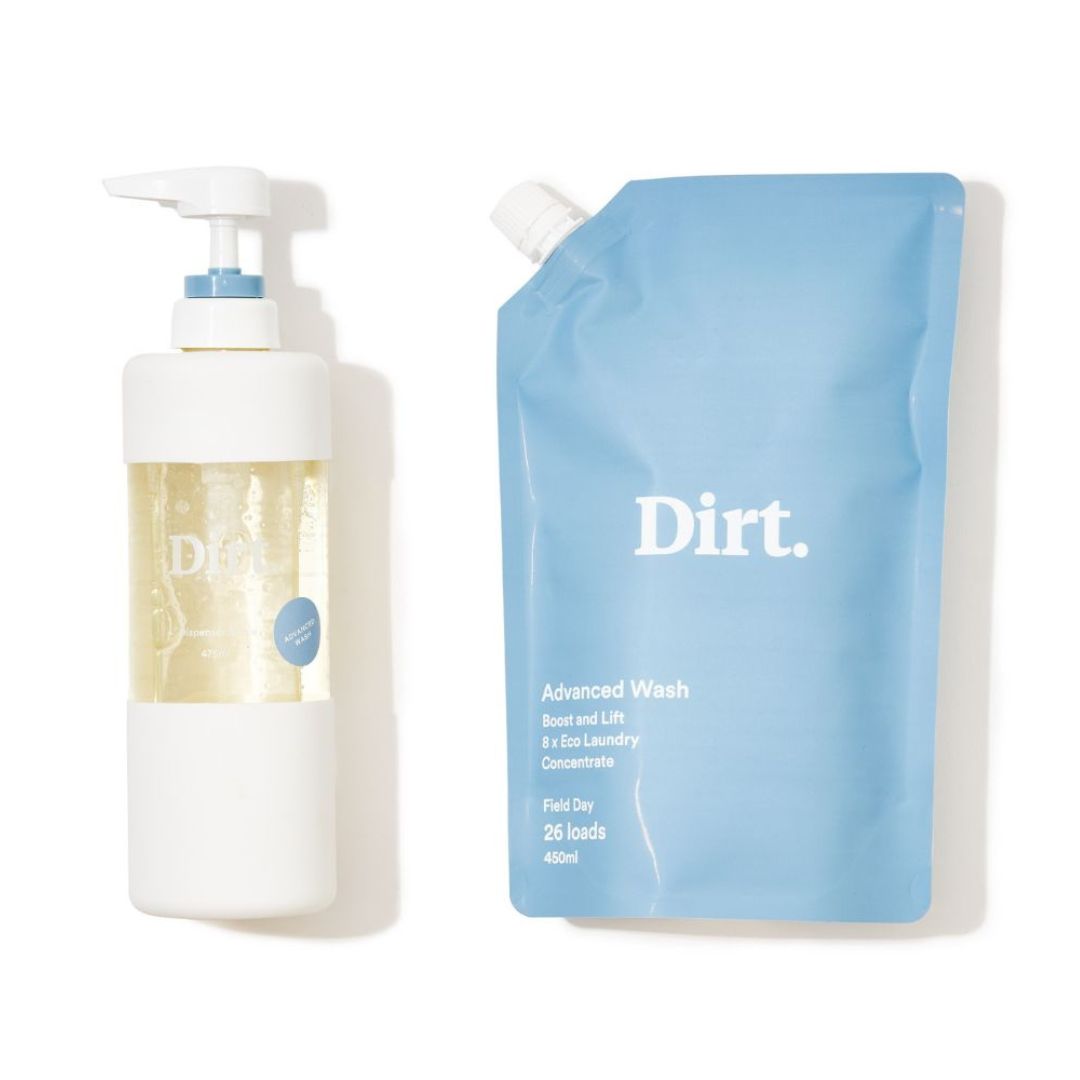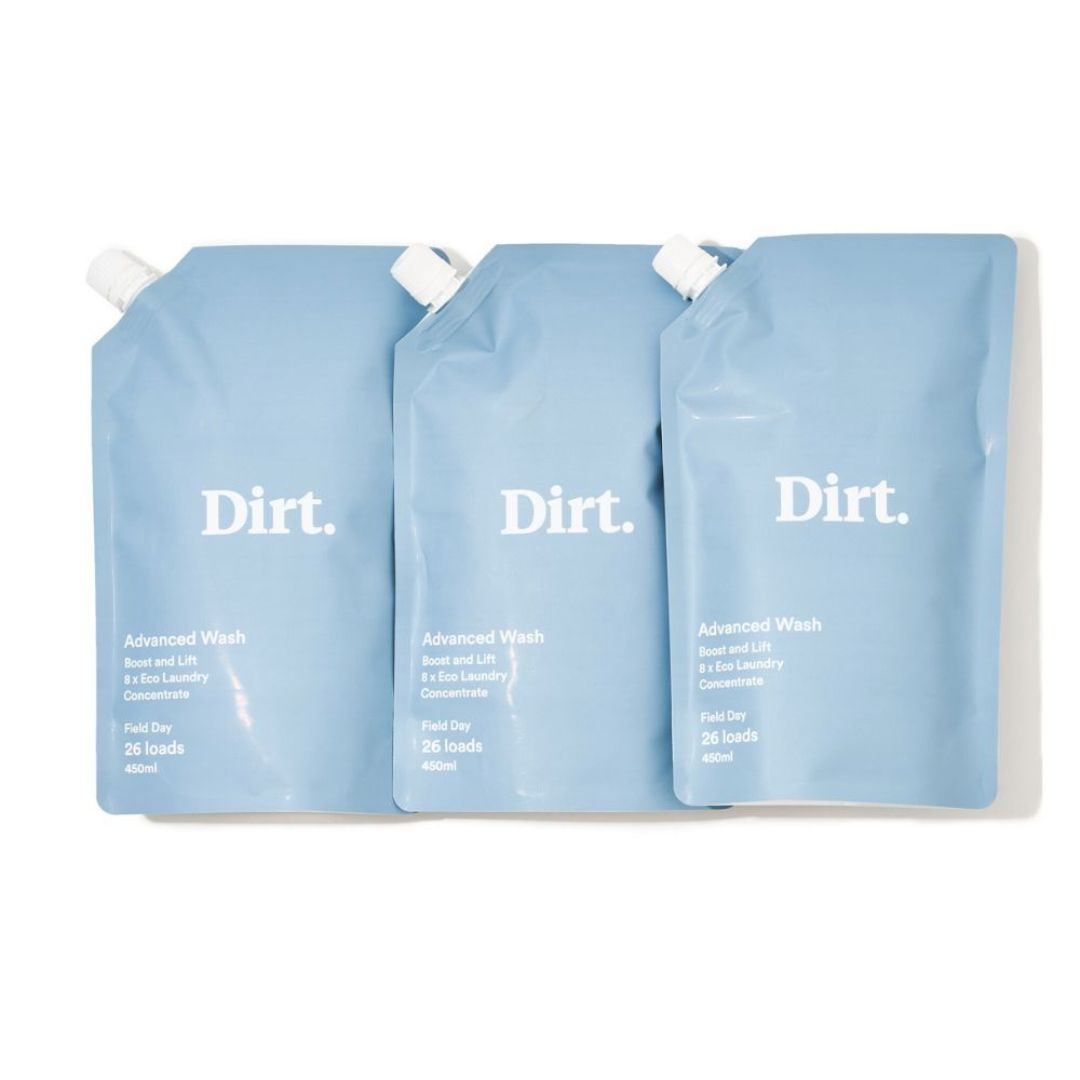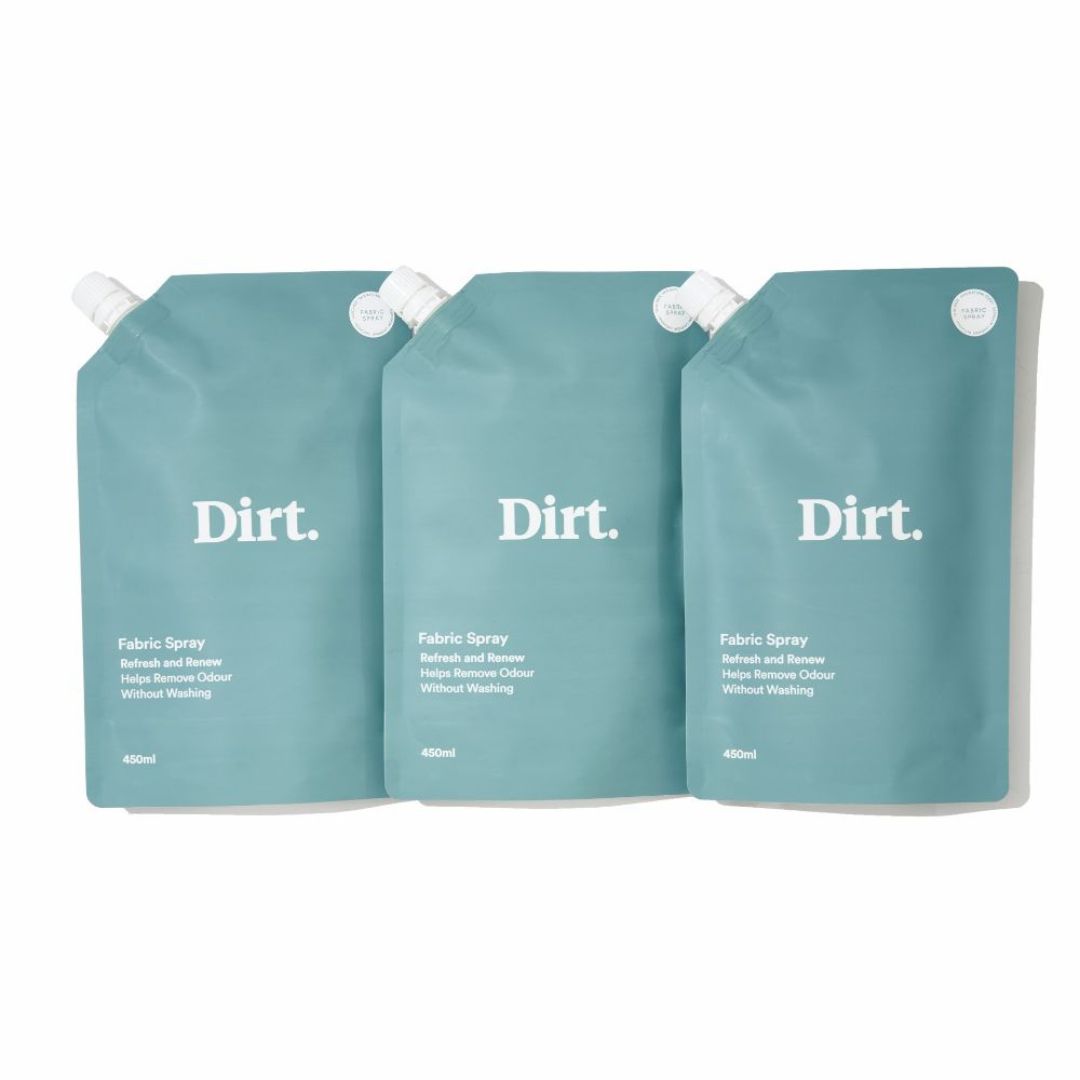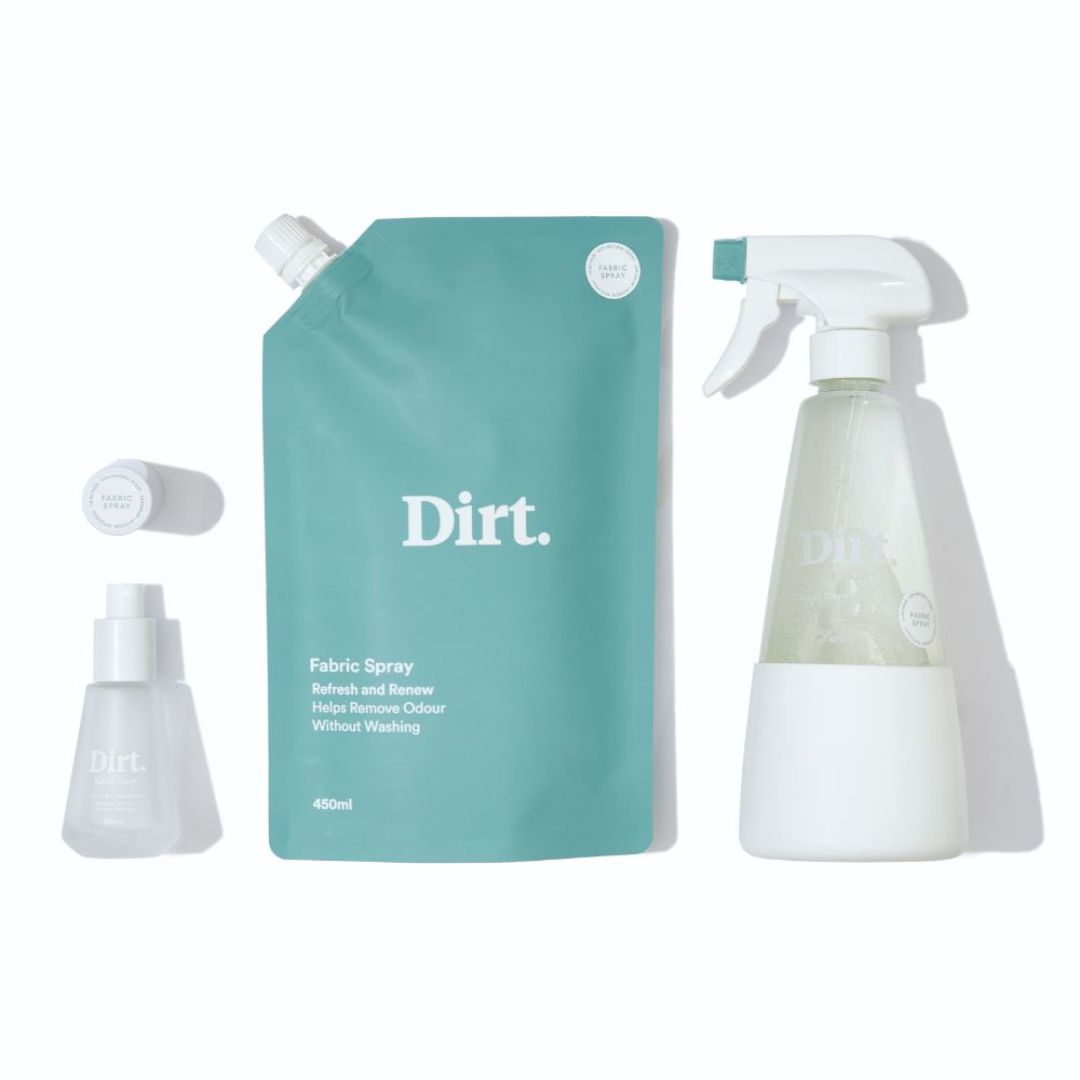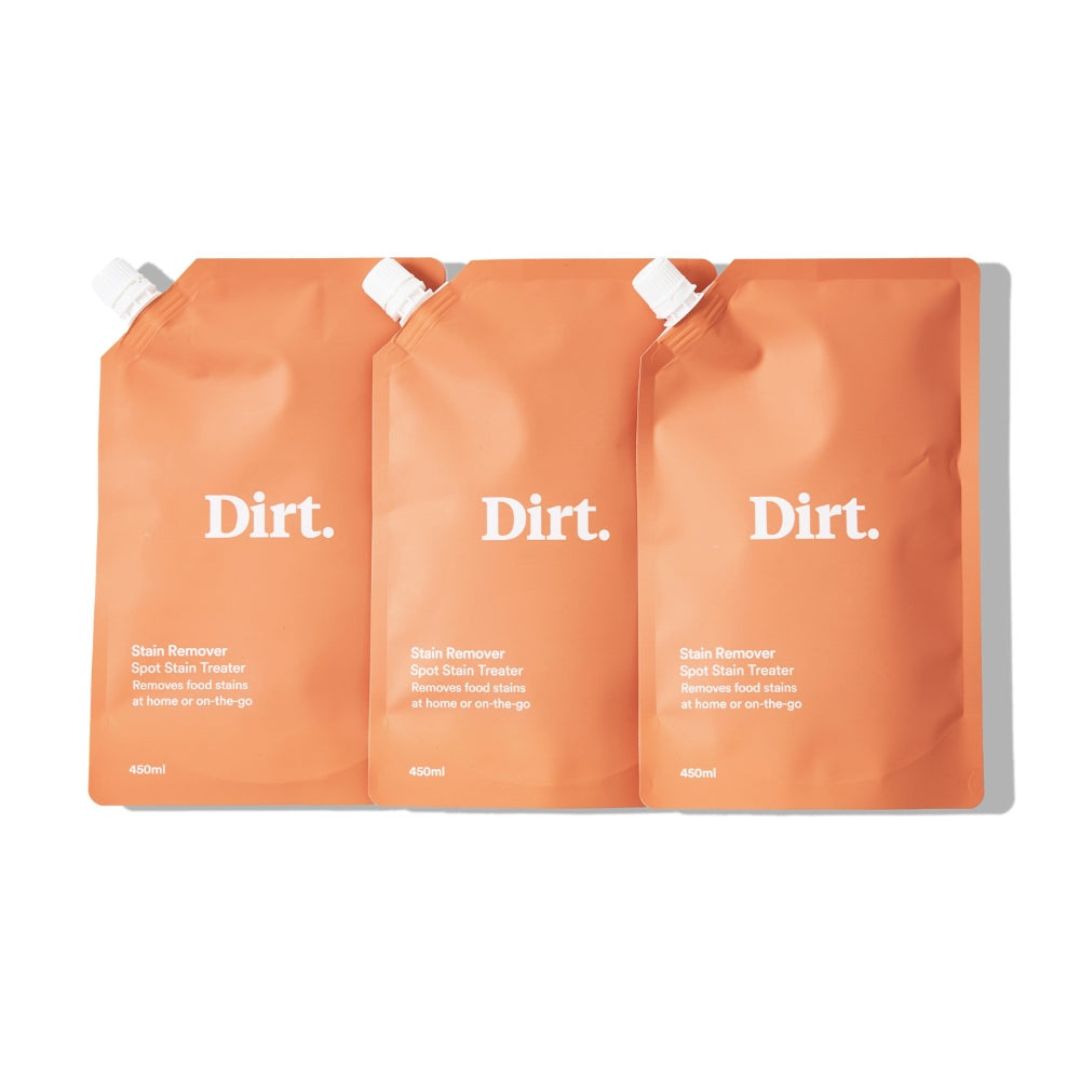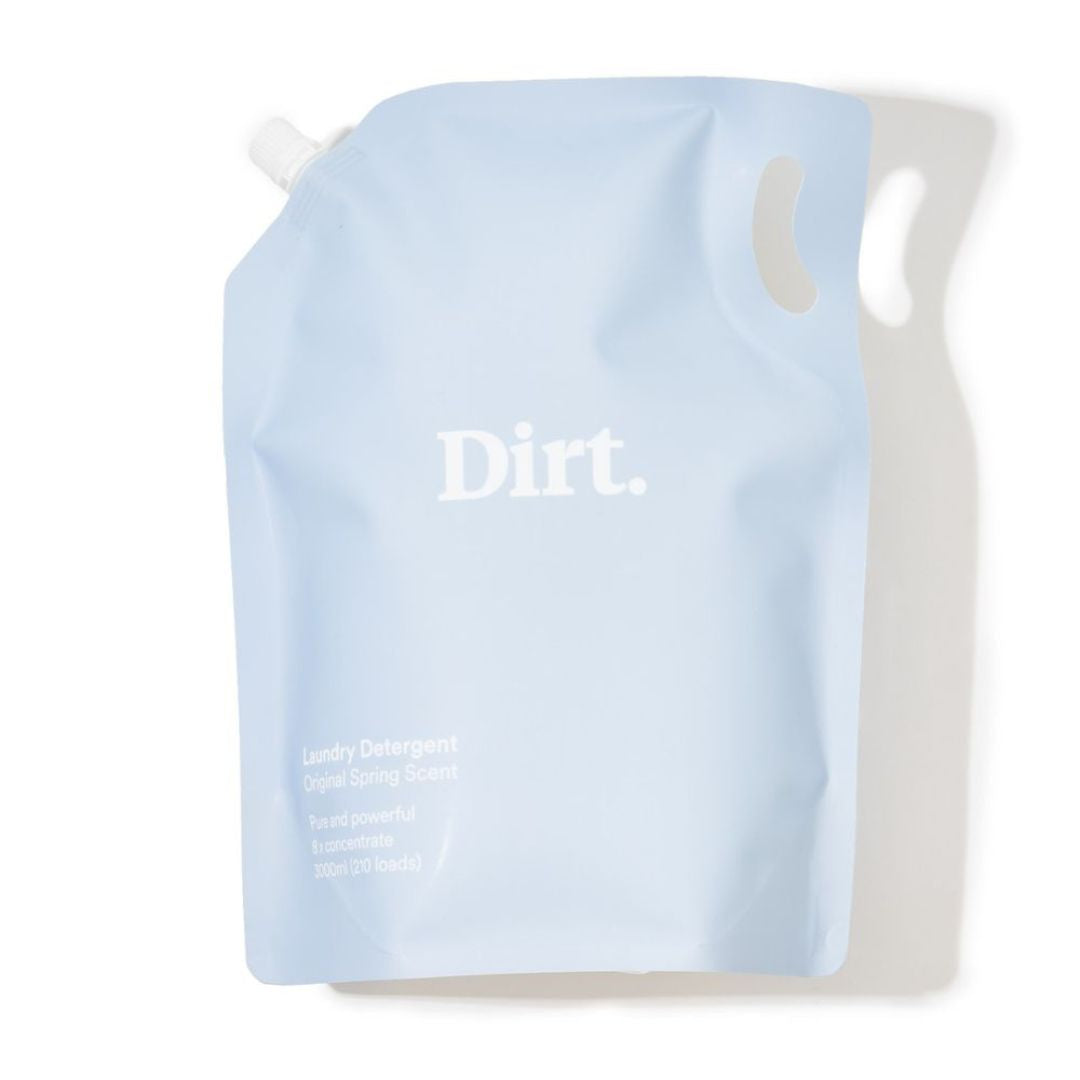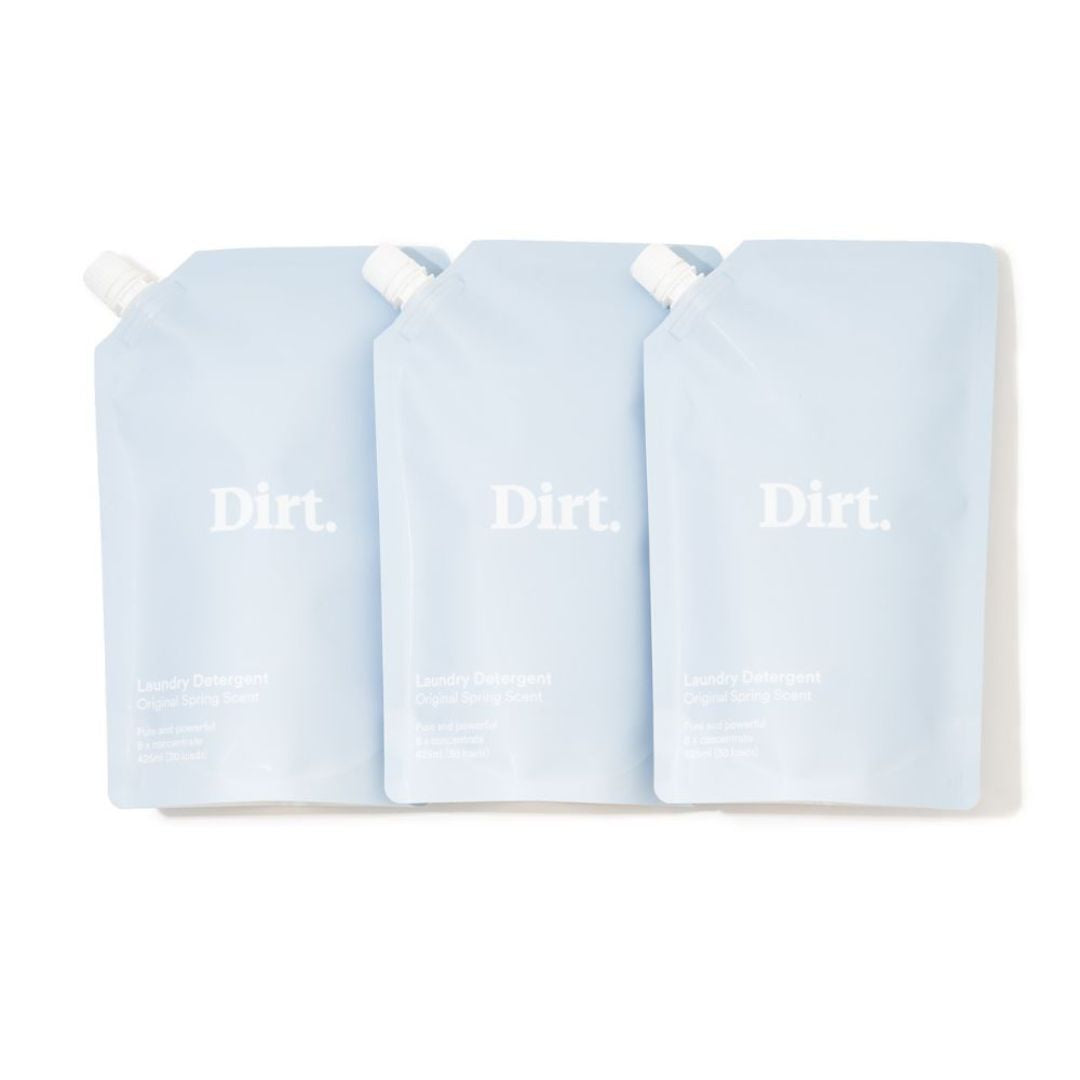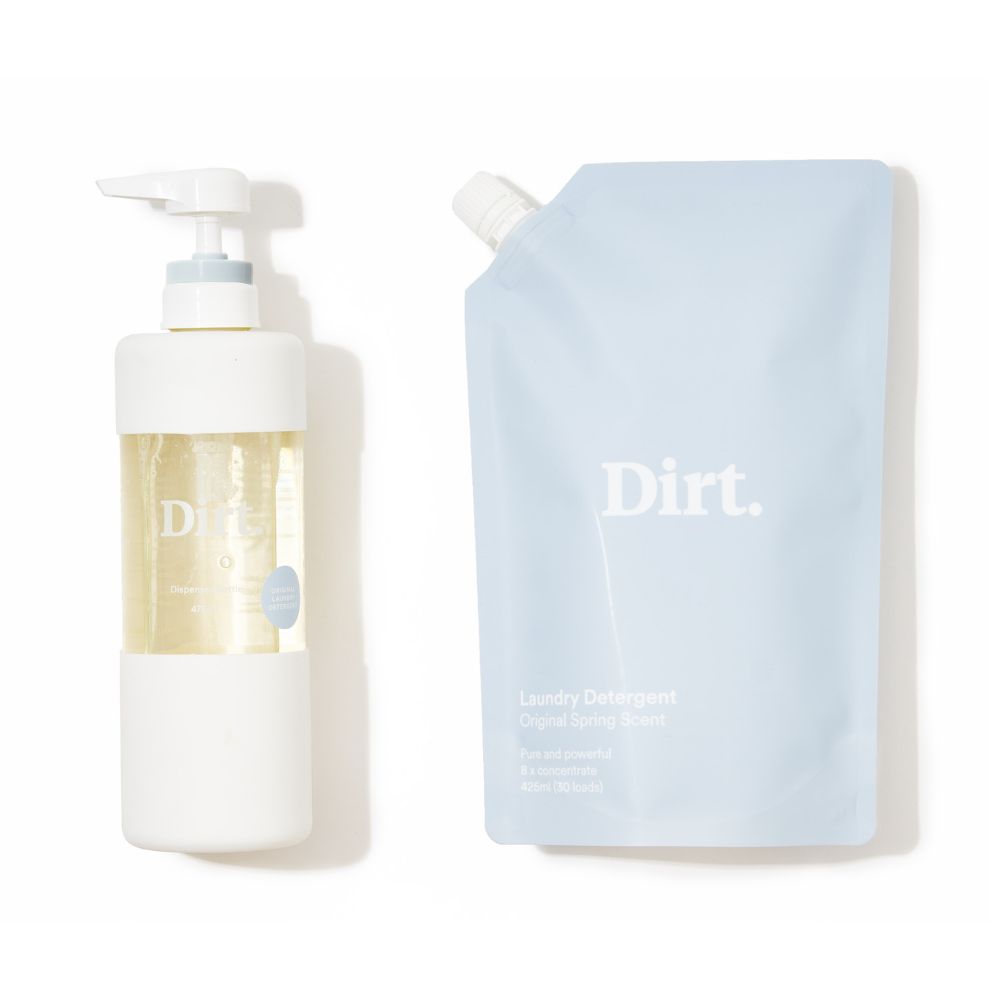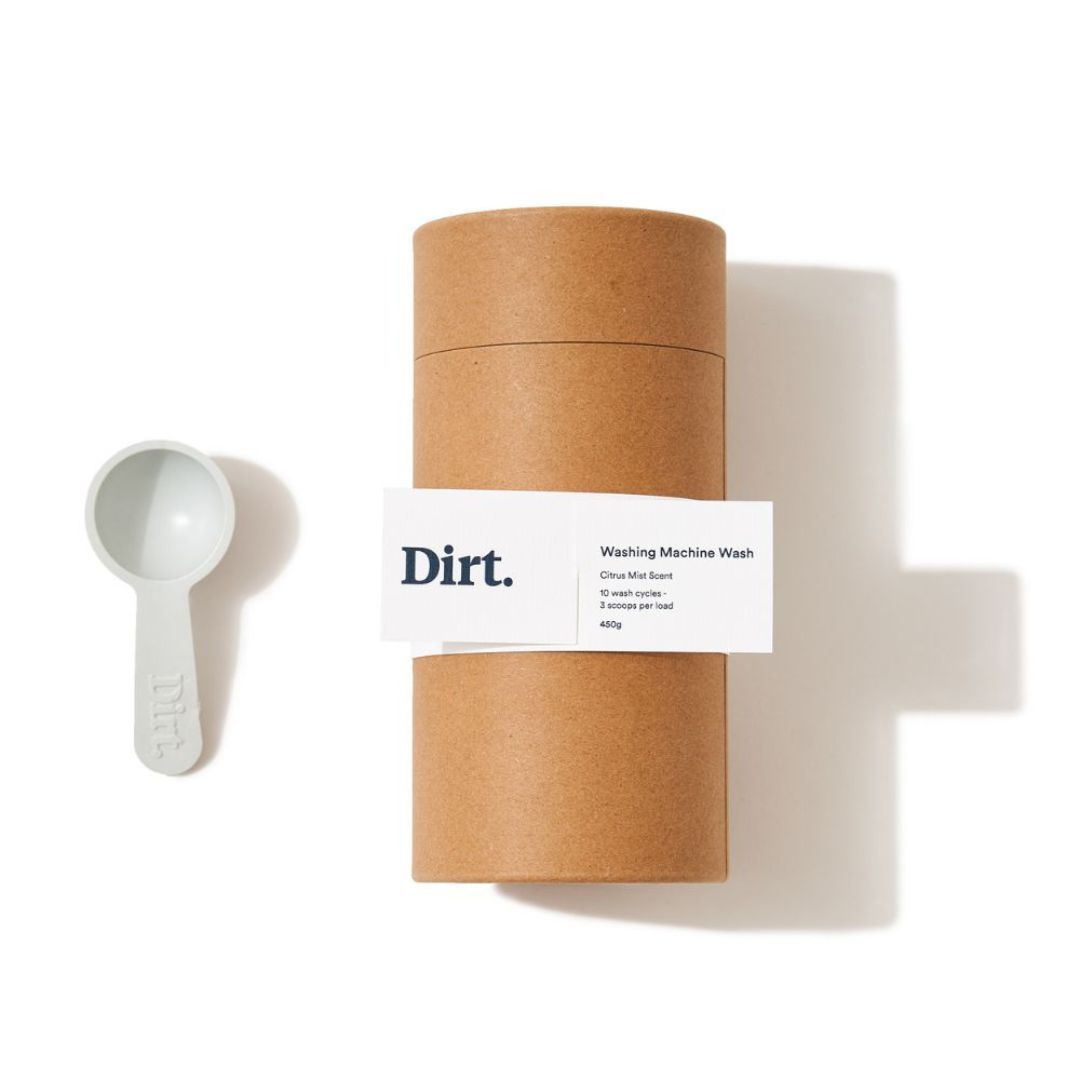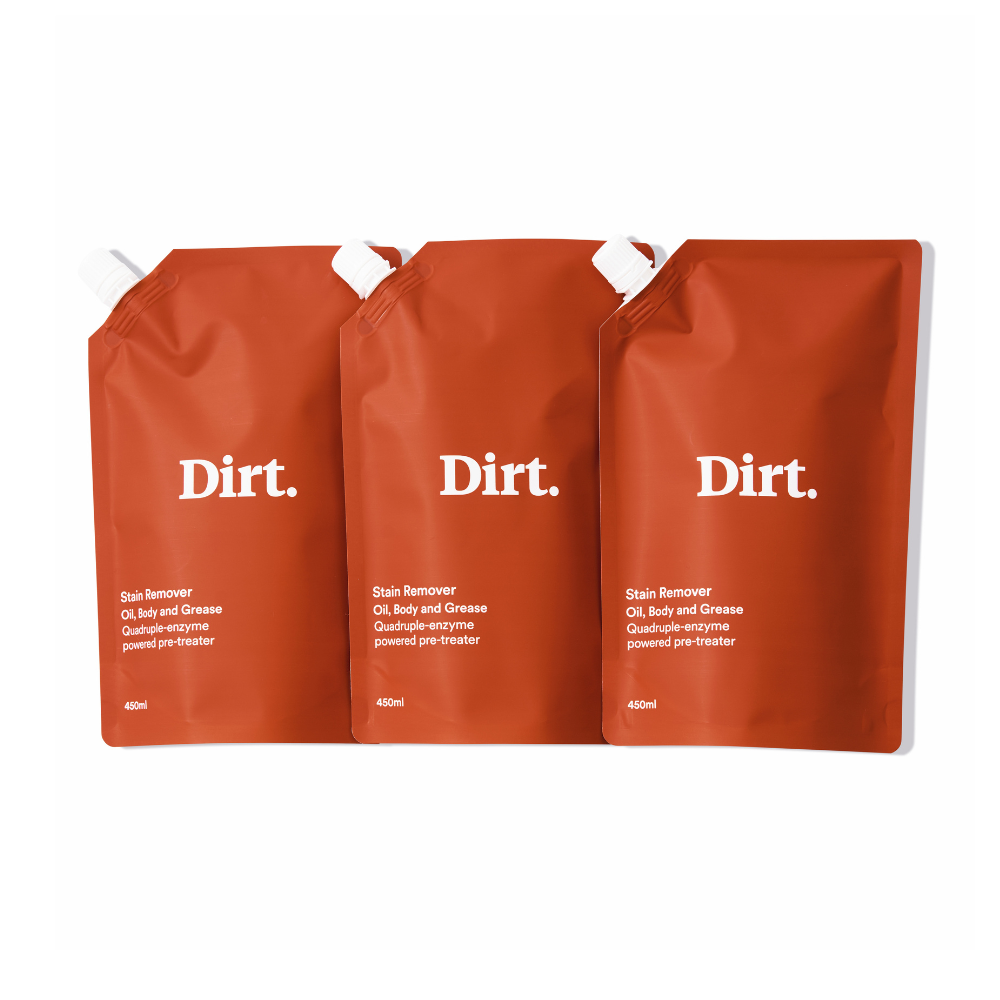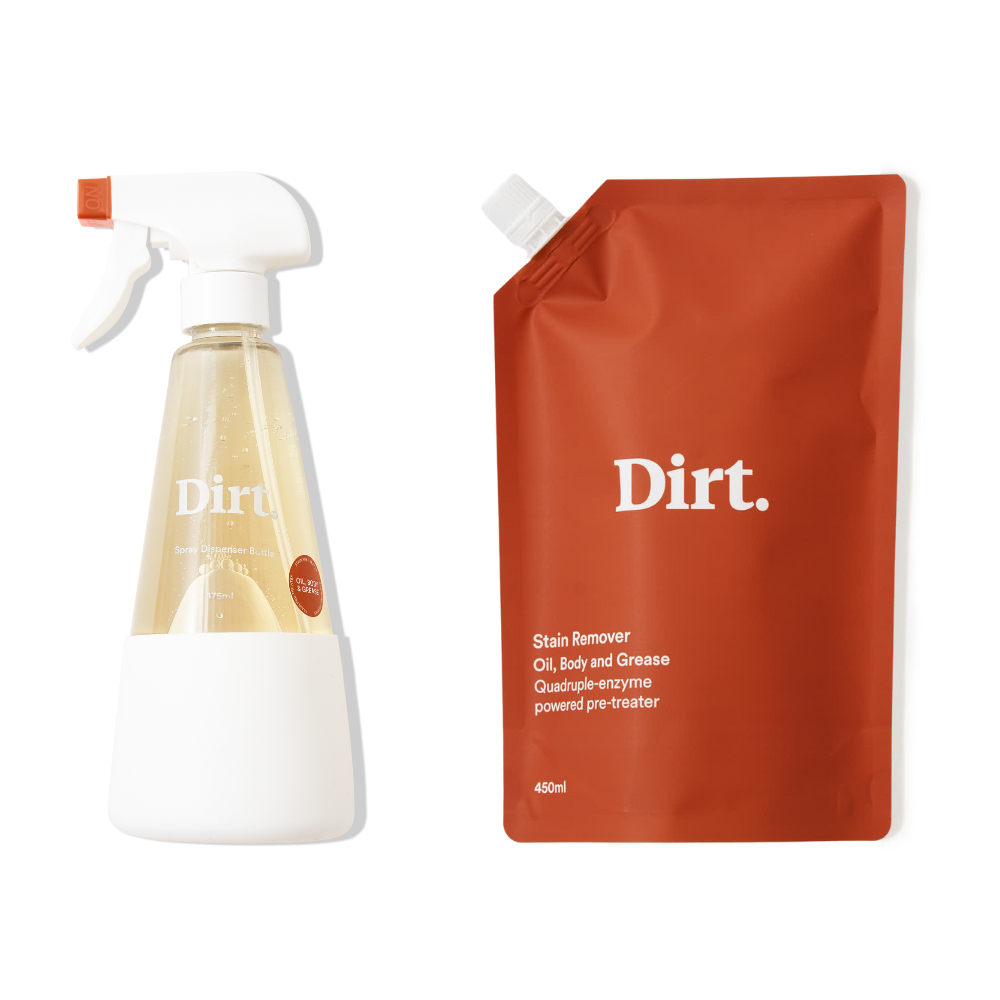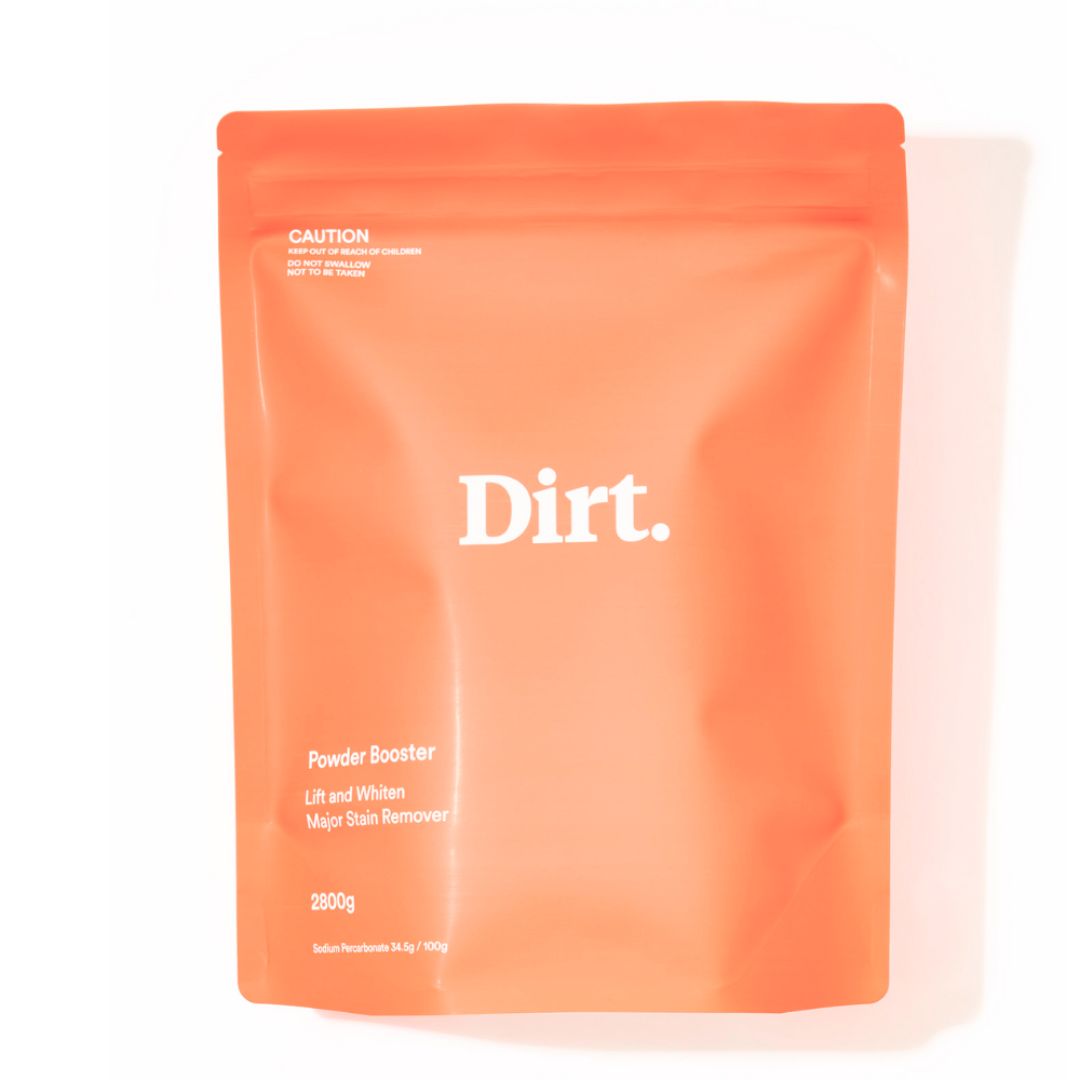You’ve likely seen soap in action when you’ve squirted detergent into a greasy pan. The surface of the water wakes up, and all the little grease spots seem to scurry away. ‘How good is detergent’ you might be musing, although you’ve got no idea what’s really happening inside your pan.
To help you form a more substantiated thought, we’ve decided to spill the suds on soap. Because it’s one of the two most active ingredients in our detergent, and probably most cleaning agents you’ve ever used.
Here we go.
Most molecules have ends that are either hydrophilic which means they are attracted to water, or hydrophobic, meaning they repel water and bond with oil and grease. Hydrophilic molecules and hydrophobic molecules sick together. Think of salad dressing. Or dried fat in a pan. Or wet butter. Anything really. These two groups will not bond.

If you tried to wash something oily with water, you’d be relying on friction alone to do the job. You could probably spare the water and get the same result.
Enter Soap.
Soap is made out of molecules called a surfactants. Surfactants are special because they have an end that is attracted to water, and an end that is attracted to oil.

A surfactant will hunt oil molecules bond with them, and then - thanks to the end bonded to water - dislodge the oil particle into the water and wash it away. Doesn’t matter whether the oil is on your skin, spilled down your front, or in your pan. The surfactant will bond with it, to allow it to be carried away by water.
Neat, huh?

